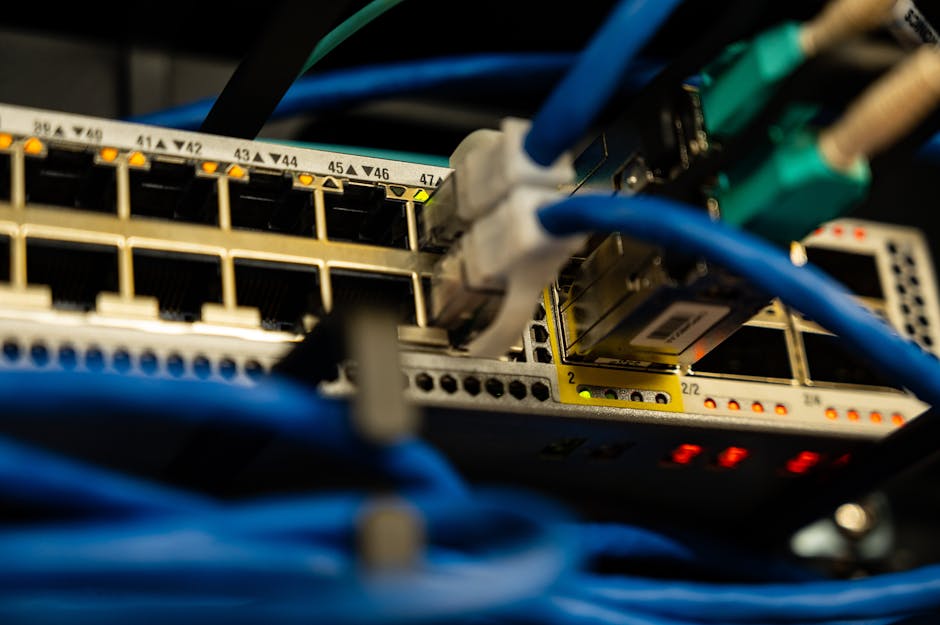
Motion detection technology has become an integral part of various security systems, providing a reliable way to monitor and respond to movement in designated areas. By understanding the fundamentals of motion detection technology, its mechanisms, and its applications, readers can appreciate the pivotal role it plays in enhancing safety and security in homes and businesses alike.
Understanding Motion Detection Technology: Basics and Mechanisms
At its core, motion detection technology refers to the ability of a device to detect physical movement within a specific range. This technology operates on various principles, leveraging different types of sensors to identify changes in the environment. The most common types of sensors used in motion detection include passive infrared (PIR) sensors, microwave sensors, and video cameras equipped with analytics capabilities.
PIR sensors, for instance, detect changes in infrared radiation emitted by objects, particularly warm bodies like humans and animals. When someone enters the sensor’s range, the device captures the change in heat levels, triggering a response, such as an alarm or a notification. Microwave sensors emit microwave signals, which bounce off objects and return to the sensor. Any movement alters the frequency of the returned signals, prompting the device to activate. Video analytics technology, on the other hand, analyzes video footage to identify motion patterns, making it particularly useful in complex environments.
Applications of Motion Detection in Security Systems
Motion detection technology has numerous applications, particularly in security systems where it enhances surveillance and safety. One common use is in residential security systems. Homeowners often install motion sensors around entry points, such as doors and windows, to detect unauthorized access. When the sensors are triggered, they can alert the homeowners or local authorities, providing a swift response to potential threats.
In commercial settings, motion detection technology can help monitor large areas such as parking lots or warehouses. For instance, businesses can implement motion-activated cameras that record footage only when movement is detected, conserving storage space and making it easier to review relevant incidents. Additionally, some systems can integrate with smart home technology, allowing users to receive real-time alerts on their mobile devices whenever motion is detected.
Moreover, motion detection technology can enhance public safety in places like airports and shopping malls. For example, security personnel can utilize systems that track movement patterns to identify suspicious behavior, enhancing their ability to respond proactively in crowded environments.
Comparing Motion Detection with Other Technologies
While motion detection technology is effective, it’s essential to compare it with other technologies to understand its strengths and weaknesses. For instance, infrared sensors are widely used due to their effectiveness in detecting warmth, making them ideal for outdoor applications. However, they may be less reliable in environments with extreme temperature variations or when detecting cold objects.
Video analytics technology offers a more comprehensive approach by analyzing real-time footage for movement and behaviors, but it often requires more complex software and higher processing power. This technology can be more expensive and may involve more significant data storage requirements compared to basic motion detection systems.
| Technology | Strengths | Weaknesses |
|---|---|---|
| PIR Sensors | Cost-effective, low power consumption | Limited range, affected by temperature |
| Microwave Sensors | Longer detection range, penetrates walls | Higher false alarm rates, more expensive |
| Video Analytics | Comprehensive monitoring, intelligent alerts | High cost, requires data storage |
In conclusion, motion detection technology stands out for its ability to enhance security across various applications. By understanding how it works and its various implementations, individuals and organizations can make informed decisions about their security needs. Whether for a home or a business, integrating motion detection systems can significantly bolster safety measures, providing peace of mind in an increasingly unpredictable world. For those interested in exploring practical applications of motion detection technology, various security cameras and systems are available that leverage these capabilities effectively.